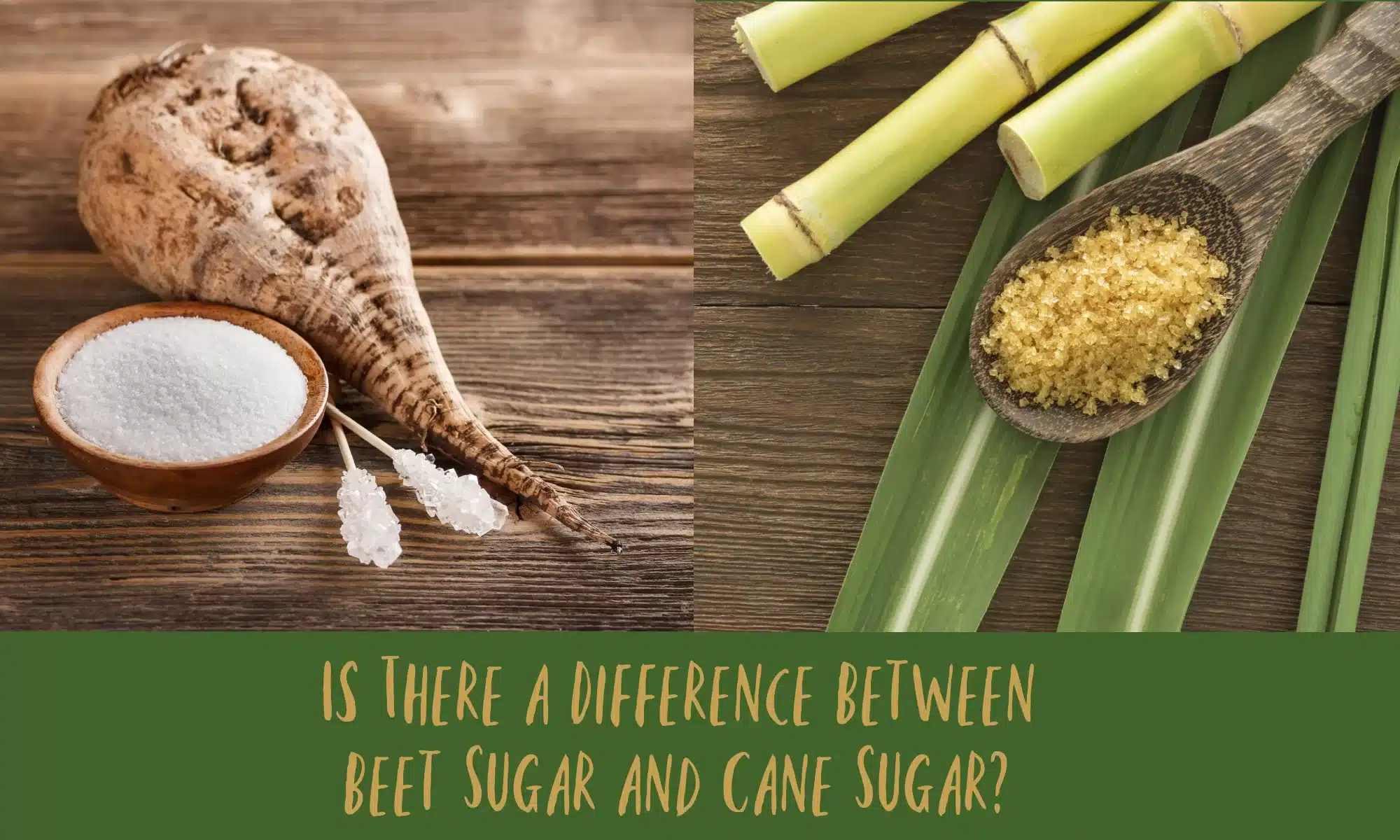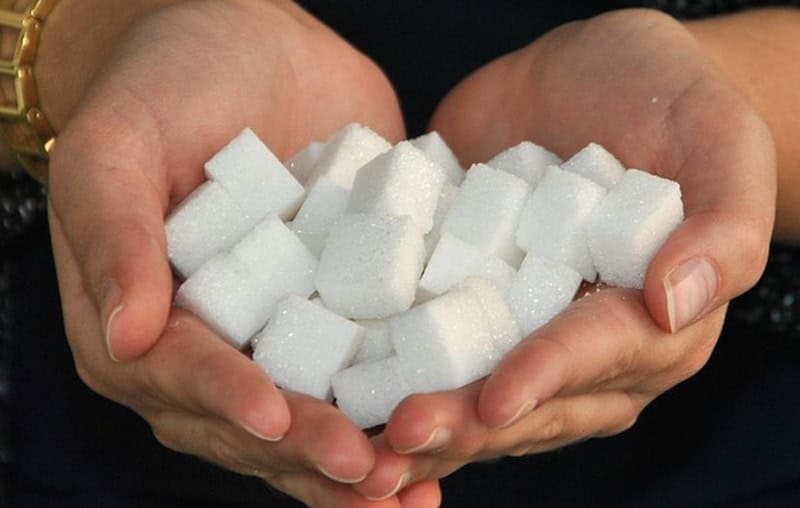Understanding the Nutritional Perks of Beetroot Sugar Vs Walking Stick Sugar for Health And Wellness Conscious Consumers
When checking out the nutritional effects of beet sugar versus walking cane sugar, health-conscious consumers discover that both ranges mainly are composed of sucrose and deal comparable calorie values, each adding about 16 calories per tsp. In spite of this similarity, neither type confers significant wellness benefits, as they are without important nutrients. Exploring the broader influences, consisting of ecological considerations and long-term wellness impacts of sugar usage, might brighten a lot more nuanced distinctions between these 2 sugars.
Nutritional Profile and Caloric Worth of Beet Sugar and Walking Stick Sugar
Although both beetroot sugar and cane sugar are mostly composed of sucrose, their dietary accounts and calorie worths are extremely similar. Each supplies about 16 calories per teaspoon and is composed virtually entirely of carbs, with marginal amounts of healthy protein or fat. These sugars also lack considerable quantities of vitamins or minerals. The refinement process remove the majority of the fundamental nutrients, providing both kinds nearly similar in regards to nourishment. There are trace differences in the impurities that stay after handling, which can slightly affect the flavor and shade of the sugars, yet these are minimal in terms of health and wellness effect. For customers concentrating on nutritional impact, the choice between beet and walking stick sugar is extra concerning personal preference or potential environmental issues instead of nutritional distinctions. Both need to be eaten in small amounts within a well balanced diet regimen as a result of their high calorie content and lack of vital nutrients (beet sugar vs cane sugar).
Environmental Impact and Sustainability of Sugar Manufacturing
While the dietary differences between beetroot sugar and cane sugar are very little, their manufacturing processes offer more considerable differences, particularly in terms of ecological influence and sustainability. In contrast, beet sugar manufacturing generally needs much less land and can be cultivated in more warm climates, which might minimize the demand for irrigation and the involved water source deficiency.
However, beet growing is not without its ecological obstacles; it entails significant energy inputs, especially in the northern climates where it is expanded, because of the demand for longer home heating durations in sugar handling. Both sugar beetroot and sugar walking cane industries are exploring more sustainable methods, including plant turning, chemical-free farming, and boosted waste monitoring strategies to minimize these influences.
Wellness Results and Recommendations for Sugar Intake
Regardless of their marginal dietary differences, both beet sugar and walking stick sugar can have destructive health and wellness impacts when consumed over. High consumption of either type of sugar contributes to a variety of wellness problems, consisting of weight problems, kind 2 diabetes, and heart problem. Both sugars are pure sucrose and offer no important nutrients besides calories, leading to quick spikes in blood glucose degrees upon intake.


Conclusion

 Ariana Richards Then & Now!
Ariana Richards Then & Now! Judd Nelson Then & Now!
Judd Nelson Then & Now! Bill Murray Then & Now!
Bill Murray Then & Now! Meadow Walker Then & Now!
Meadow Walker Then & Now! Kerri Strug Then & Now!
Kerri Strug Then & Now!